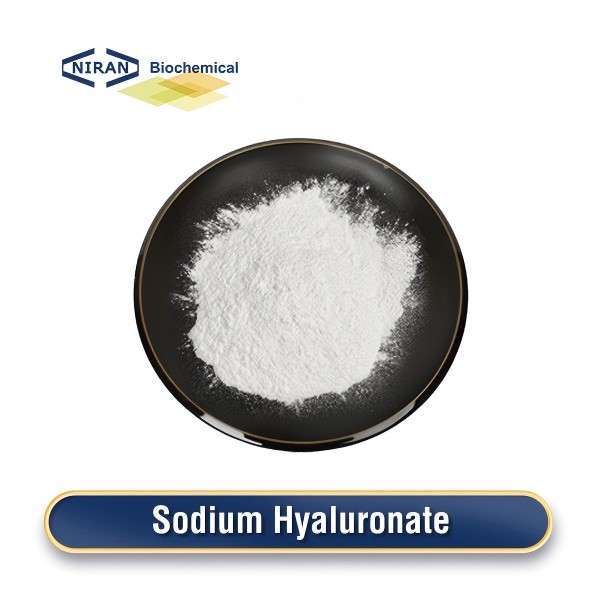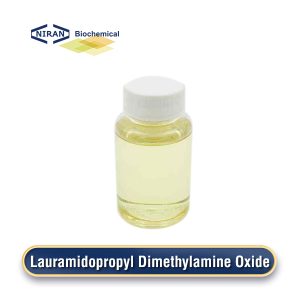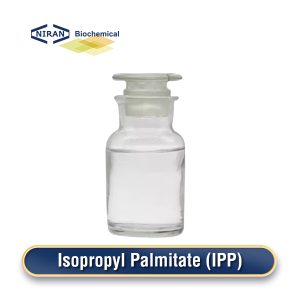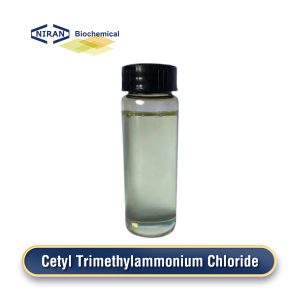Sodium Hyaluronate
- CAS Number: 9067-32-7
- Chemical Formula: (C14H21NO11)n
- MOQ: 1000KG
- Shelf Life: 2 years
- Synonyms: Hyaluronic Acid Sodium Salt, Sodium Hyaluronate Solution
Product Description
What Is Sodium Hyaluronate?
Hyaluronic acid’s sodium salt, sodium hyaluronate, is present in tissues, eyes, and skin. It is a common ingredient in beauty and medicinal goods because of its exceptional moisture-retaining qualities.
Method of Preparation:
Chemical synthesis or bacterial fermentation are the usual methods used to create sodium hyaluronate. The fermentation process produces hyaluronic acid by cultivating bacteria like Streptococcus in a regulated setting. Hyaluronic acid is reacted with sodium hydroxide to produce sodium hyaluronate after extraction and purification. This process results in a water-soluble form that can be used in a variety of applications, including cosmetics, pharmaceuticals, and as a component in joint treatments.
Related Parameters:
| Item | Standard |
| Purity (by HPLC) | ≥ 95% |
| Loss on Drying | ≤ 10% |
| Heavy Metals (as Pb) | ≤ 10 ppm |
| Arsenic (As) | ≤ 1 ppm |
| pH (1% Solution) | 5.0 – 7.5 |
| Sodium Content | ≤ 1.5% |
| Viscosity (1% Solution) | ≥ 100 cps |
| Endotoxins (USP) | ≤ 0.5 EU/mg |
| Microbial Limit (Total Plate Count) | ≤ 1000 CFU/g |
| Yeast & Mold | ≤ 100 CFU/g |
Recommended Dosage of Sodium Hyaluronate:
| Applications | Dosage |
| Skincare Products | 0.1% – 1% |
| Cosmetic Formulations | 0.1% – 0.5% |
| Pharmaceutical Applications | 0.1% – 1% |
| Medical & Orthopedic | 20-40 mg/ml |
| Hair Care Products | 0.1% – 0.5% |
| Wound Care | 0.1% – 0.5% |
| Veterinary Medicine | 0.1% – 0.5% |
Sodium Hyaluronate Has Wide Range of Uses:
Skincare Products: Sodium hyaluronate is commonly used in moisturizers, serums, and masks. Because of its moisturizing qualities, the skin retains more moisture, which increases elasticity, minimizes wrinkles, and gives the appearance of plumpness. All skin types can use it, however dry or aging skin types can benefit most from it.
Cosmetics: In cosmetic formulations such as foundations, BB creams, and lip products, sodium hyaluronate acts as a moisturizer, giving products a smooth texture while enhancing skin hydration and softness.
Pharmaceutical Applications: Sodium hyaluronate is used in injectable therapies for osteoarthritis to lubricate joints and in eye drops to treat dry eyes. It also helps with tissue regeneration and wound healing.
Hair Care: Added to shampoos and conditioners, sodium hyaluronate helps moisturize the scalp, prevent dryness, and improve the overall health and appearance of hair.
Veterinary Medicine: Used to treat joint issues in animals, sodium hyaluronate provides lubrication and reduces inflammation in joints.
Medical Applications: Sodium hyaluronate is used in dermal fillers for cosmetic procedures, and in the formulation of contact lenses for added moisture.
User Asked Question:
Q: What distinguishes hyaluronic acid from sodium hyaluronate?
A: Sodium hyaluronate is the sodium salt of hyaluronic acid, and while both compounds are very similar, sodium hyaluronate is more water-soluble and stable, which allows it to be easily incorporated into a wider range of formulations, including cosmetics, serums, and injectable treatments. This increased solubility enhances its ability to penetrate the skin more effectively, providing better hydration and moisture retention than hyaluronic acid alone.




